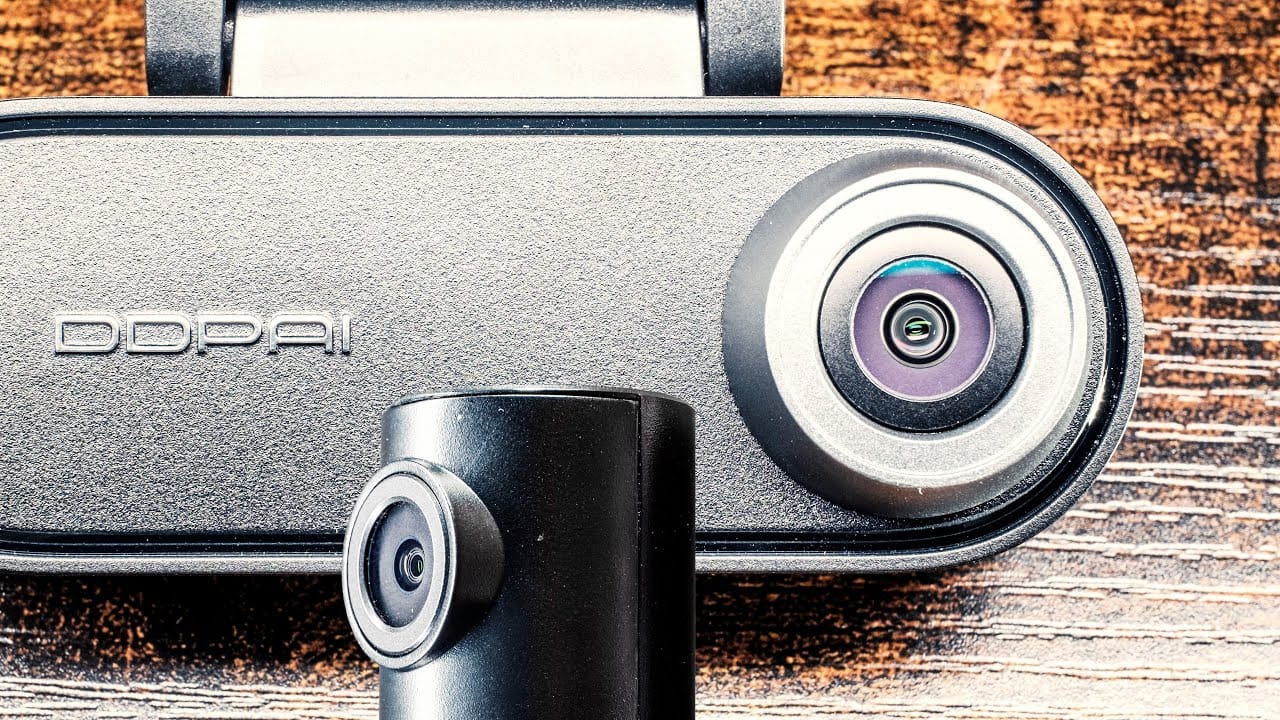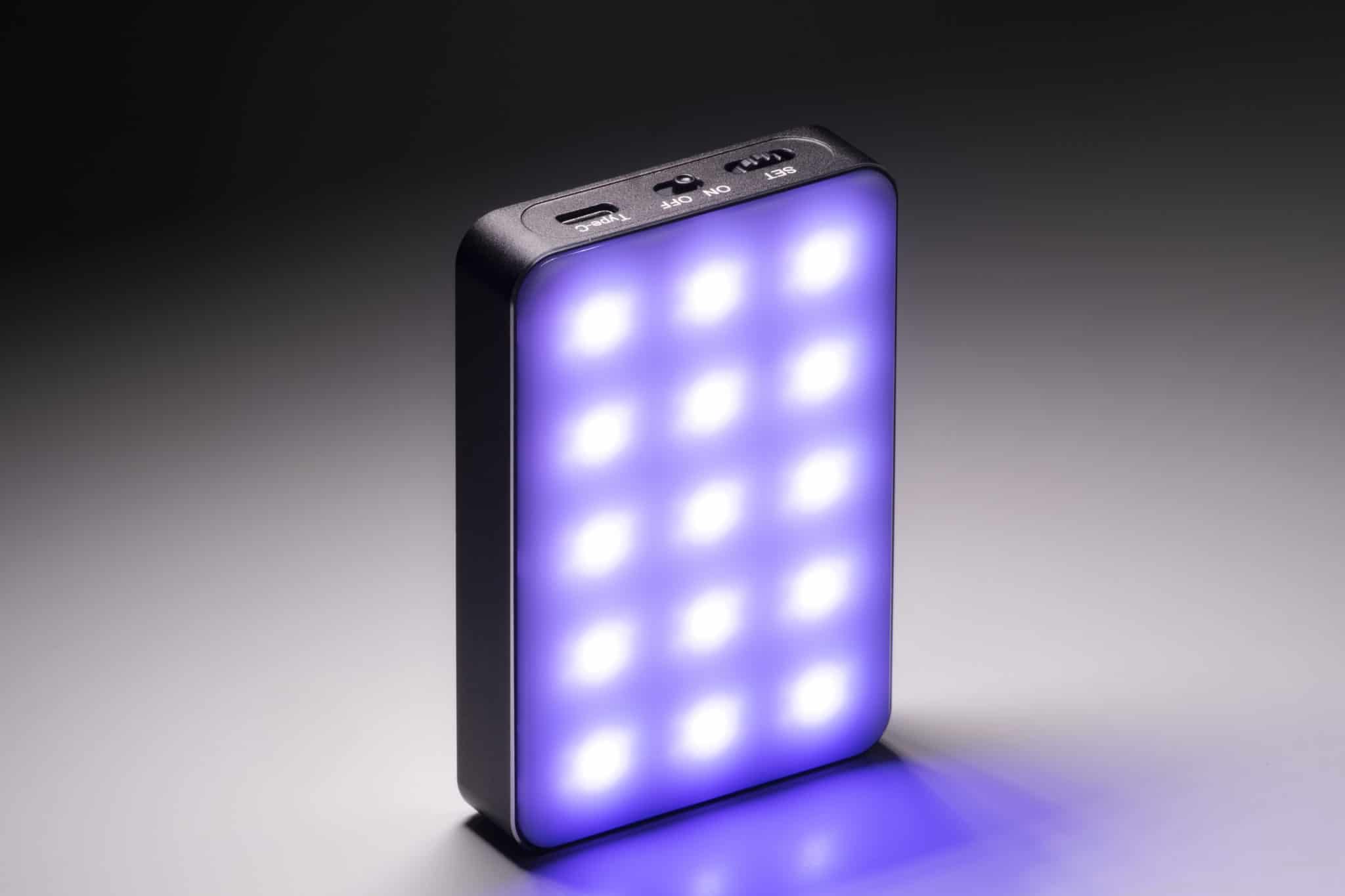Do you remember the times when it was almost impossible to film something in low light because it was too dark, the colors were washed out and your camcorder wasn’t able to capture everything properly? I do!
With HDDSLRs a lot has changed especially capturing beautiful footage at night. But to get a great looking, bright image with a shallow depth of field, there a few things you need to know before hitting the record button.
The video below is for beginners who want to understand more about DSLR filmmaking. It features some general advices for filming under low light conditions (camera settings, lenses etc.).
Choosing a lens with a shallow depth of field is necessary for filming in dark surroundings. The Nikon or Canon 50mm F/1.8 lens is a great way to start into that whole new world. The build quality isn’t high, it is hard to focus properly because the focus ring is really small, and the sharpness is not the best either but I don’t expect too much from a 100 Dollar lens. I am using the Canon 50mm F/1.8 on a lot of our shoots because it is small and light. It can be used on crop as well as on full-frame cameras which makes it even a better choice if you are shooting with two different DSLRs. Another cheap and really small lens is the Pancake 40mm F/2.8 STM lens which I have used on commercial shoots. There are tons of other lenses out there but most of them start at 600 Dollars. I also recommend looking for cheaper alternatives from other companies like Sigma, Tokina, Samyang or Tamron. DSLR filmmaker Dave Dugdale just recently made a comparison between an expensive Canon wide-angle lens and a cheaper alternative by Tokina. All in all the Tokina lens performed better! So, always look out for other lenses.
In the video I recommended not to shoot above ISO 1600 which applies for cameras like the Canon 60D, 7D, 700D (T5i), Nikon D7000, D600, D5200. Newer full-frame cameras like the Canon 1DX, 5D Mark III can shoot up to ISO 6400 with acceptable noise. Of course those numbers and the resulting noise are subjective and you might think different about it, that’s okay. An ISO of 3200 can look good under certain circumstances and an ISO of 800 can look noisy under other circumstances.
Using a flat picture style helps to get more dynamic range. Why? The standard picture profile makes dark areas appear as black and brighter parts as white. It color corrects the video in the camera which is only useful if you don’t want or can correct anything in your editing software. When we do news shoots and are in a hurry I don’t desaturate the image in the picture style menu as much as when I have the time to color correct the clips. Keeping the contrast down is on the other hand very important because the in-camera contrast can destroy a lot of important image details.
If you still have more questions here is another tutorial we made in late 2011 that is about the basics of filming in low light as well and should help.
I listed my recommended DSLR’s for you here!
Written by Moritz Janisch

